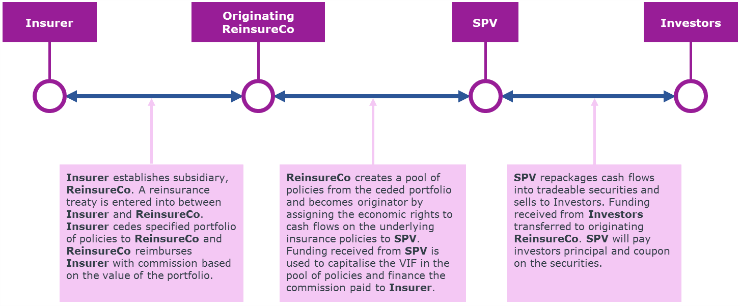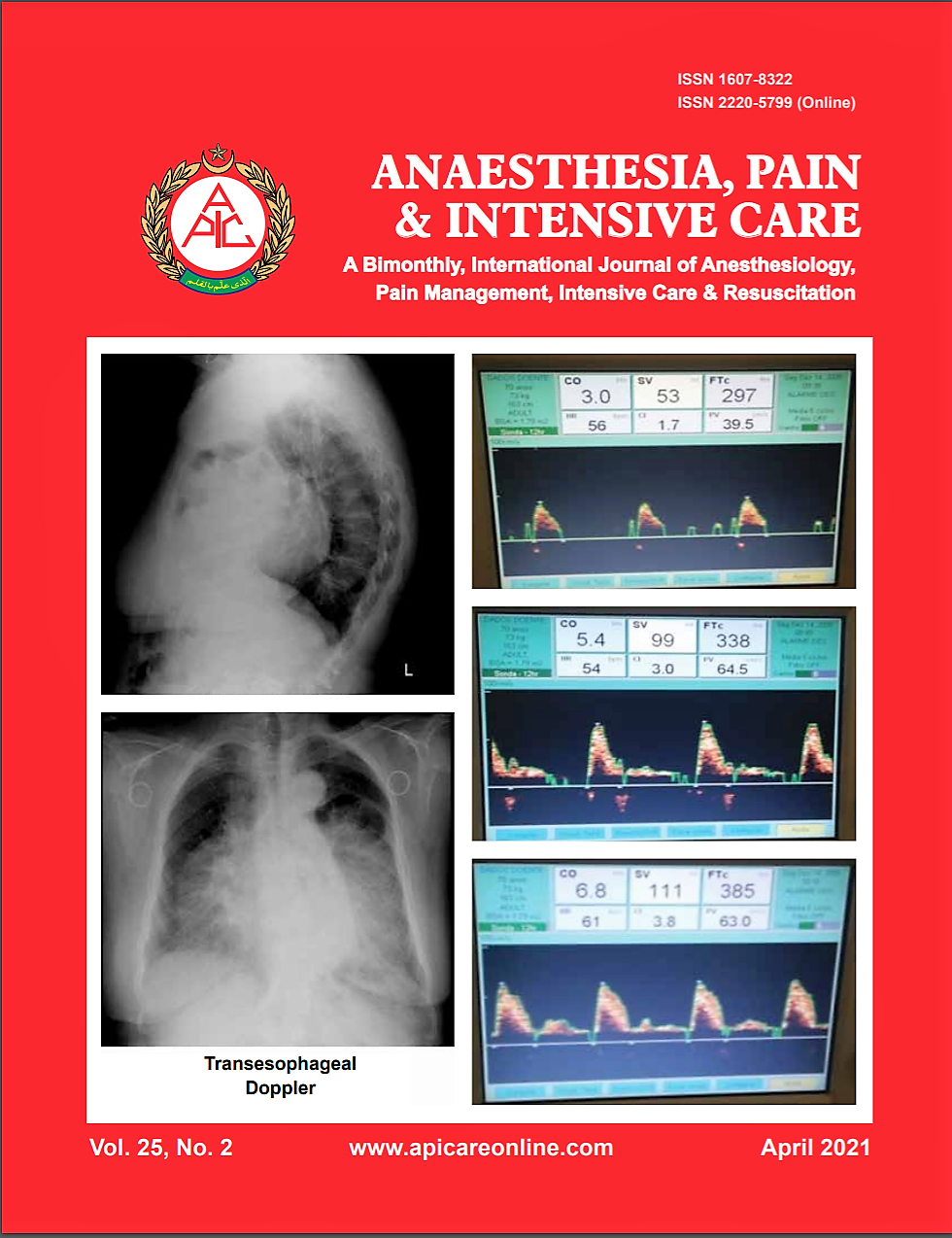
However, companies may not appreciate the more dilutive impact of the changes to EPS for instruments that may be settled in any combination of cash or shares. By requiring this convertible debt to be treated as a single instrument, non-cash interest expense resulting from the creation of a discount against the debt will be eliminated.Ĭompanies will welcome the lower interest expense, which was historically very significant relative to the low coupon interest rate on these instruments. Separating convertible debt into two units of account under the cash conversion accounting model results in the debt being recorded at a discount to the principal amount, and that discount is recognized as incremental non-cash interest expense over the expected life of the convertible debt. However, under the new standard, companies would have to apply the potentially more dilutive if-converted method, which assumes share settlement of the entire convertible debt instrument and therefore increases the number of shares to be added to the denominator of the diluted EPS calculation. Today, companies can, in certain circumstances, assume cash settlement of the principal amount and only include shares in the diluted EPS denominator for the value of the conversion spread (if any). The earnings per share (EPS) treatment for convertible debt that can be settled in any combination of cash or shares at the issuer’s option will be impacted significantly. As a result, in more cases, convertible debt will be accounted for as a single instrument (a liability). The other separation models would be eliminated, including the model for convertible debt that can be settled in cash or shares. (2) if the debt is issued at a substantial premium, would an amount need to be separated. (1) the conversion option meets the definition of derivative, is not clearly and closely related, and does not qualify for a scope exception from derivative accounting The new standard only provides for two separation models for conversion options in all convertible debt.

The circumstances when convertible debt issued by public companies is currently accounted for as a single unit of account are more limited. There are a number of different models for convertible debt, including separation of the conversion option as a derivative liability (this model remains a part of the accounting framework).įor convertible debt instruments (with conversion features that do not require bifurcation as a derivative) that can be settled in cash or shares at the issuer’s option (frequently issued by public companies), current accounting typically separates the instrument into two units of account: a liability component and an equity component.

The current accounting by issuers for convertible debt instruments can vary dramatically depending on the instrument’s terms. Significant accounting changes: convertible debt with cash conversion features Also, certain specific requirements to achieve equity classification and/ or qualify for the derivative scope exception for contracts indexed to an entity’s own equity are removed, enabling more freestanding instruments and embedded features to avoid mark-to-market accounting.

For example, the separation model for beneficial conversion features is eliminated simplifying the analysis for issuers of convertible debt and convertible preferred stock.


 0 kommentar(er)
0 kommentar(er)
